This Week At Angama #59
22 March 2019 | This Week at Angama | Adam Bannister

The rains have dried up this week and the Mara is starting to heat up. Lion dynamics continue to enthral us, and game drives are often punctuated by massive herds of elephants coming towards the Mara River to drink. The Maasai Mara is always a visual treat and this week is no different. [f 5.6, 1/1250, ISO 400]
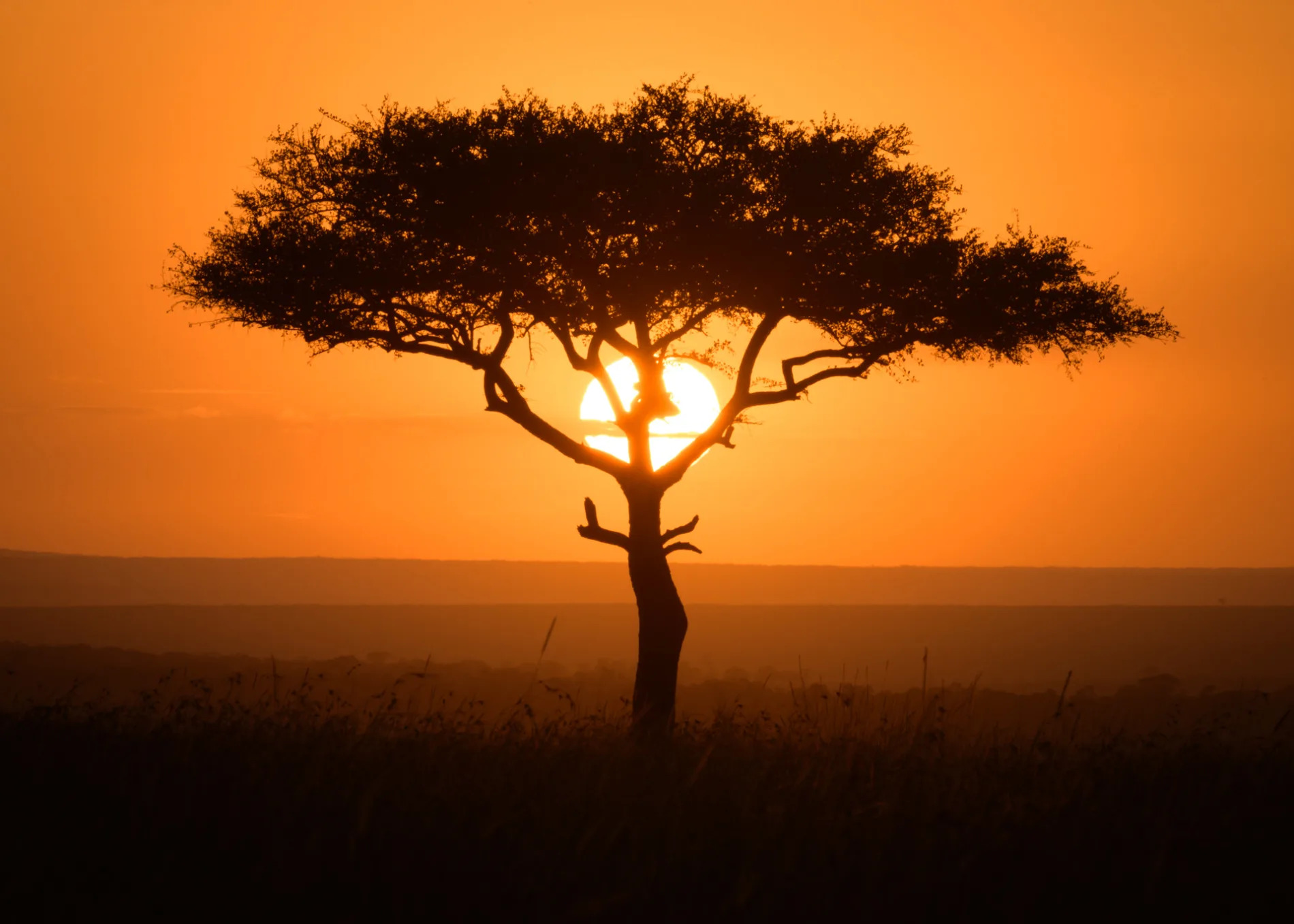 Photograph by Adam Bannister
Photograph by Adam Bannister
Dawn breaks in the Maasai Mara – this is truly Africa! The iconic Balanites dotted throughout the grassy plains are simply the ideal subjects for photographs. [f 32.0, 1/80, ISO 400, +0.33]
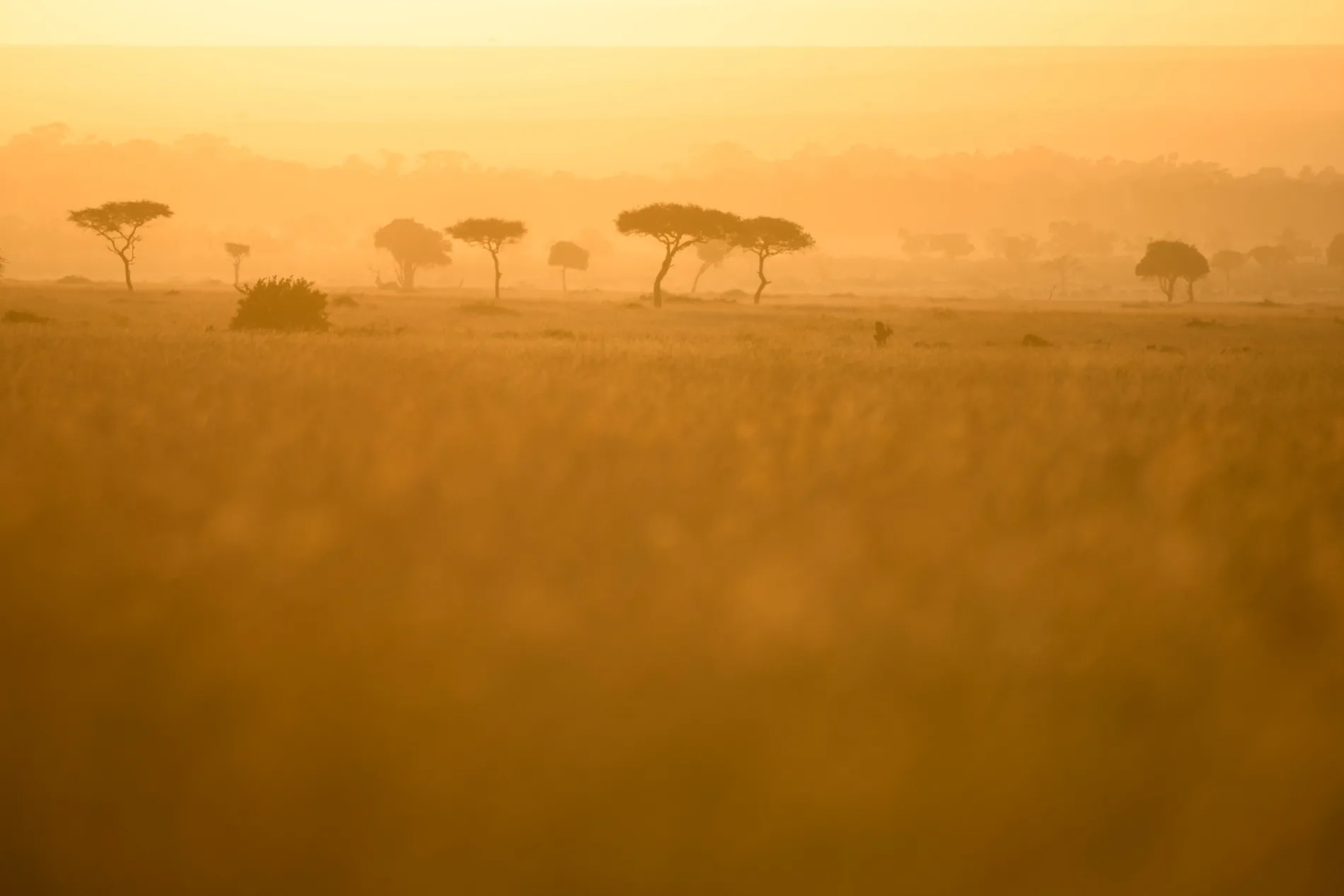 Photograph by Adam Bannister
Photograph by Adam Bannister
I always encourage people to get wide landscape shots to showcase the area and to provide context. When it comes to sunrises, often it is best to not include the sun at all, instead framing the sun just outside of the picture and in the process making the most of the magical ambient lighting. [f 5.6, 1/500, ISO 250, +0.67]
 Photograph by Adam Bannister
Photograph by Adam Bannister
The early morning golden light makes lions glow. Catch a glint in their eye and you make your photograph all the more special. [f 5.6, 1/640, ISO 400, +0.67]
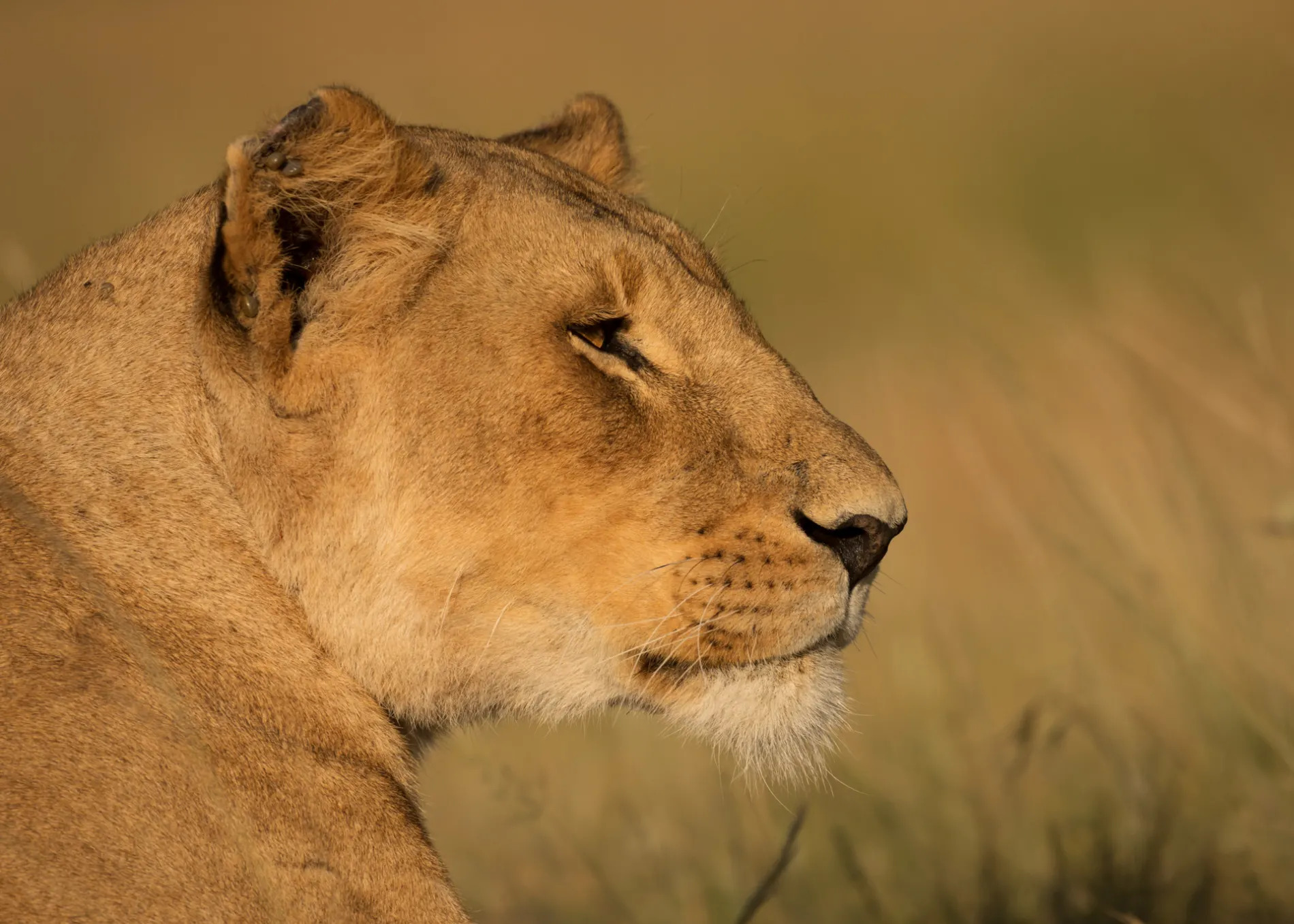 Photograph by Adam Bannister
Photograph by Adam Bannister
I believe this lioness comes from the Owino Pride. The Mara Triangle is an absolute haven for lions and we are rewarded daily with exceptional sightings. [f 5.6, 1/2500, ISO 400]
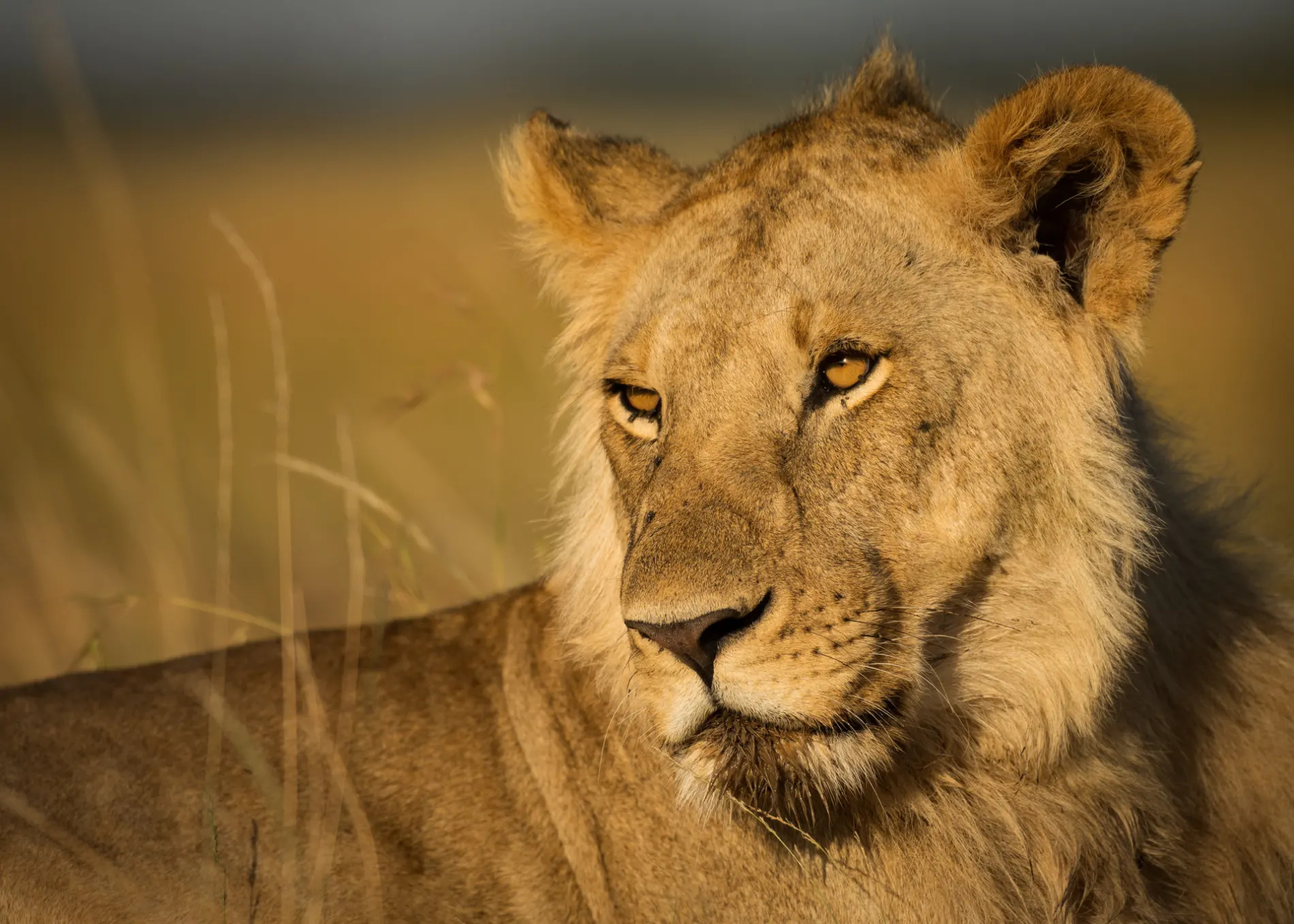 Photograph by Adam Bannister
Photograph by Adam Bannister
The awkward ‘teenage’ years for a male lion. With so many dominant males in the area, the years ahead are likely to be difficult for this young male. [f 5.6, 1/2000, ISO 400]
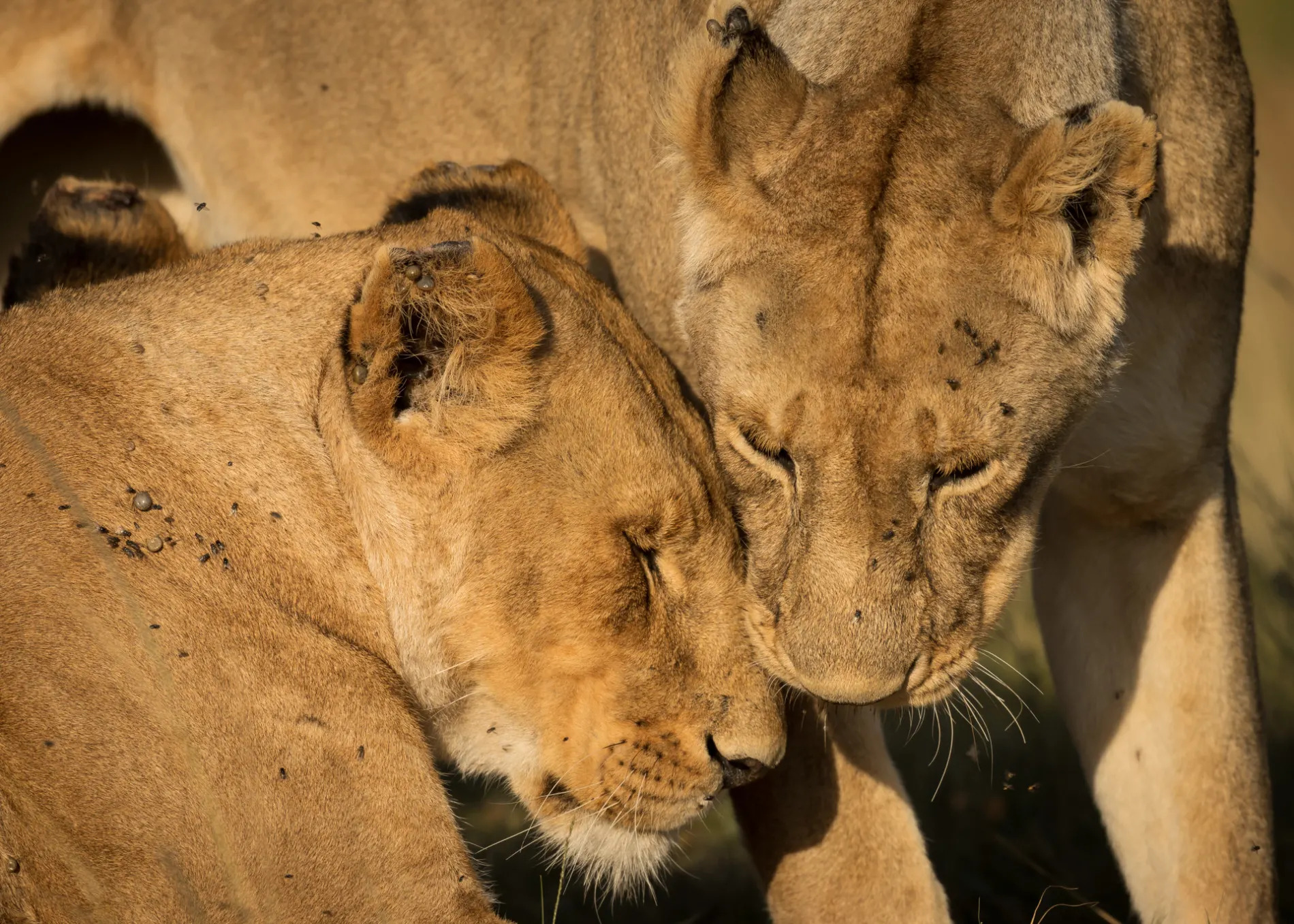 Photograph by Adam Bannister
Photograph by Adam Bannister
My number one piece of advice for wildlife photographers is to be preemptive. You need to set your camera up for the shot that may be about to happen. Stay one step ahead, think positively and don’t be afraid to not get it right. The second I saw one lioness heading in the direction of another I lined up the camera for ‘the greeting’. [f 5.6, 1/2000, ISO 400]
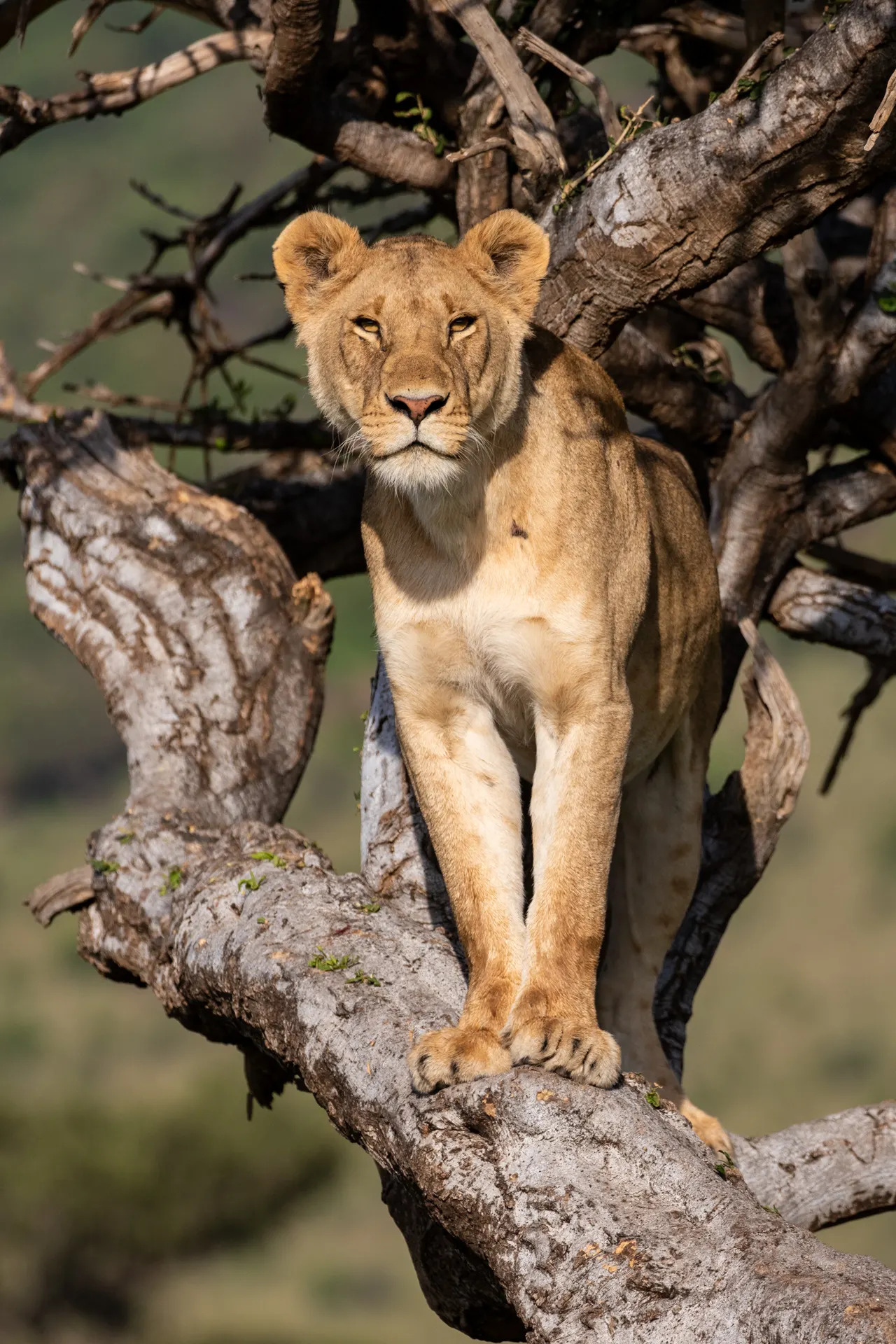 Photograph by Tyler Davis
Photograph by Tyler Davis
One of the joys about having long grass at this time of the year is that the Mara Triangle lions are not afraid to climb trees. [f 5.0, 1/2500, ISO 250, -0.67]
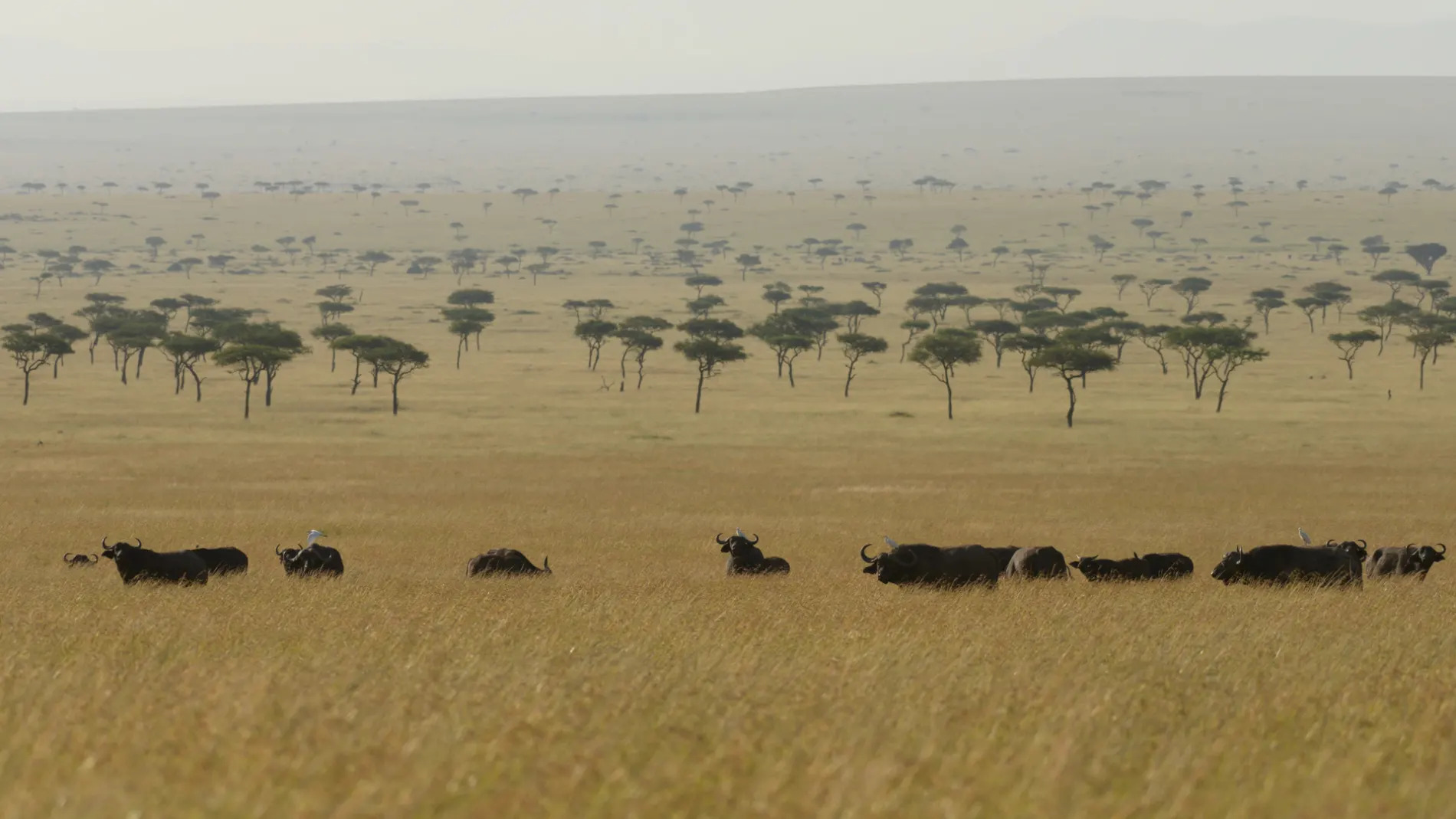 Photograph by Adam Bannister
Photograph by Adam Bannister
For me, these types of photographs need to be taken as it allows the viewer a greater appreciation of the natural environment. Find something in the foreground to be the subject, but allow the background to be instrumental in telling the story. [f 5.6, 1/3200, ISO 400]
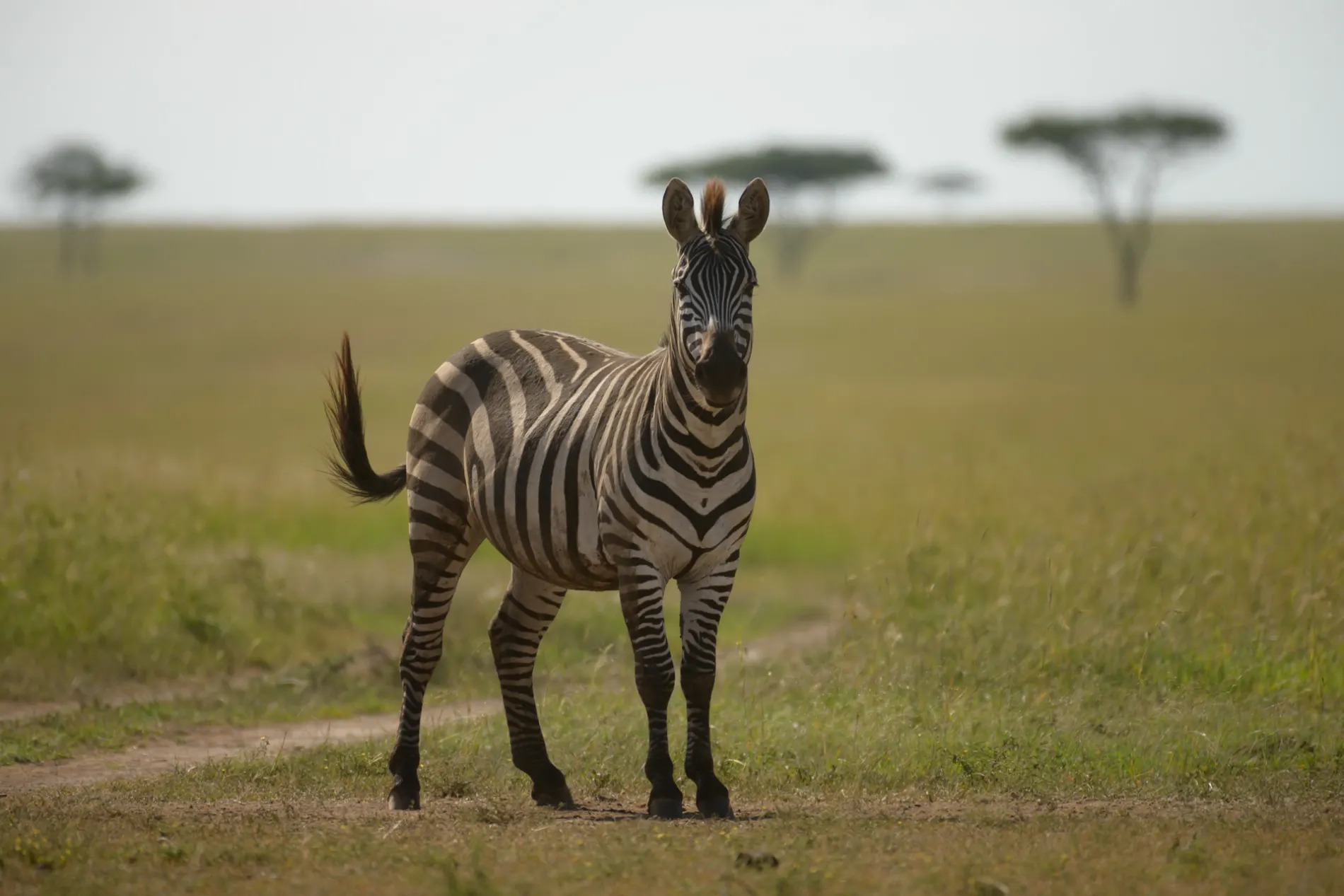 Photograph by Adam Bannister
Photograph by Adam Bannister
The same holds true here – I purposefully selected a few trees to be blurred in the background. These trees are iconic of the Mara ecosystem and immediately provide context. [f 5.6, 1/2500, ISO 400, -0.33]
 Photograph by Adam Bannister
Photograph by Adam Bannister
It’s late March and already there is a lot of talk and excitement about the migration and when it will arrive. Last year, the huge herds came up into the Mara Triangle very late. This week I drove along the Tanzanian/Kenyan border and was surprised to see a couple of hundred zebra and wildebeest grazing on the shorter grass clearings. What will happen this year? [f 5.6, 1/3200, ISO 400]
 Photograph by Adam Bannister
Photograph by Adam Bannister
We are seeing more and more European rollers in the Mara at the moment. They are on route from Southern Africa up to Europe on their yearly migration. One must pause to try to comprehend how such a small creature is able to travel so far. [f 5.6, 1/2500, ISO 400, -0.33]
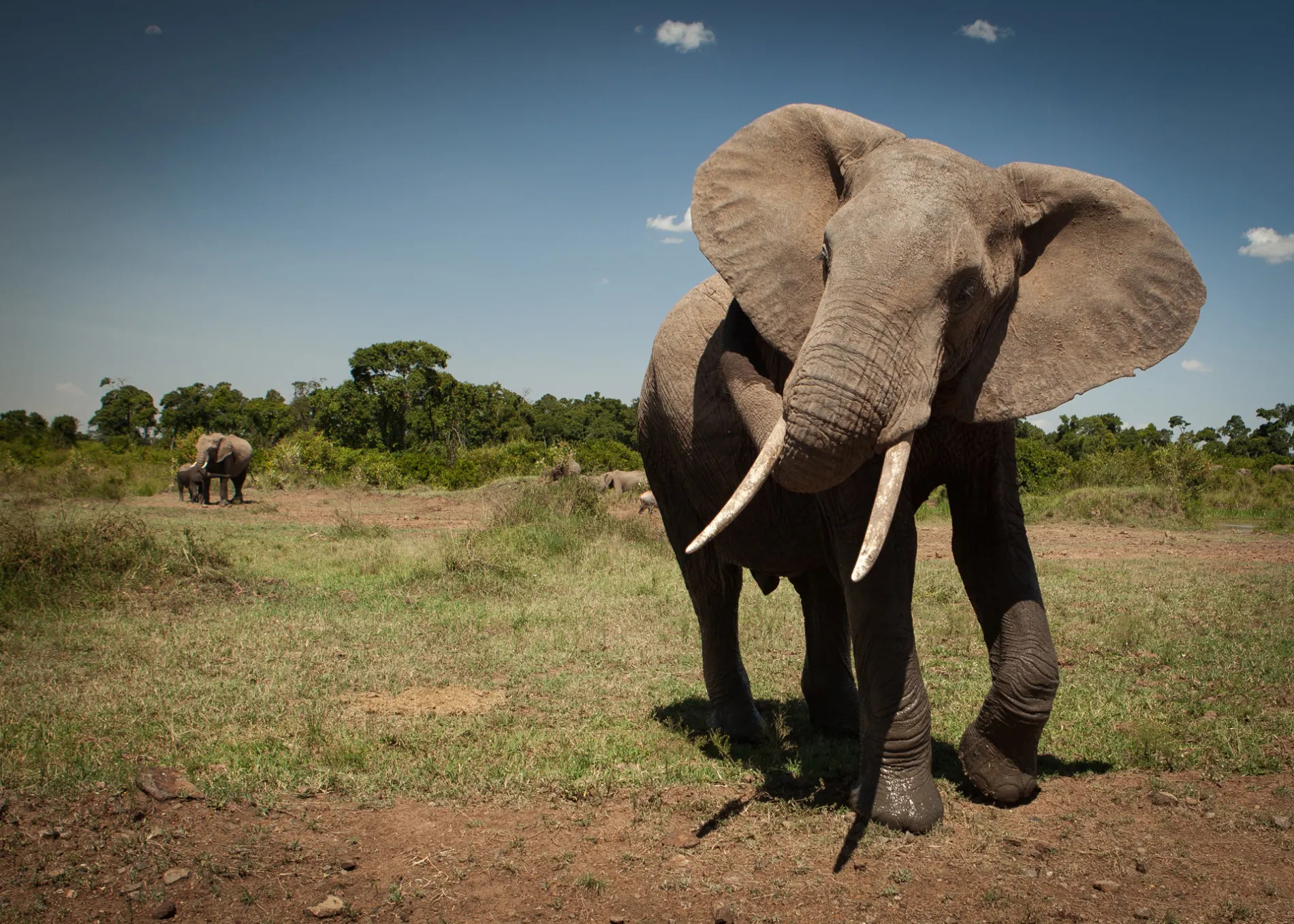 Photograph by Adam Bannister
Photograph by Adam Bannister
A young male elephant showing our vehicle a bit of attitude. [f 6.3, 1/250, ISO 160]
 Photograph by Adam Bannister
Photograph by Adam Bannister
The low angle shows the size and scale of this magnificent animal. A polarizing filter brings out the blues and textures in the sky and clouds. [f 8.0, 1/250, ISO 200]
 Photograph by Adam Bannister
Photograph by Adam Bannister
An image like this can be a little hit and miss as I am not actually looking through the viewfinder when I press the shutter. [f 8.0, 1/125, ISO 200]
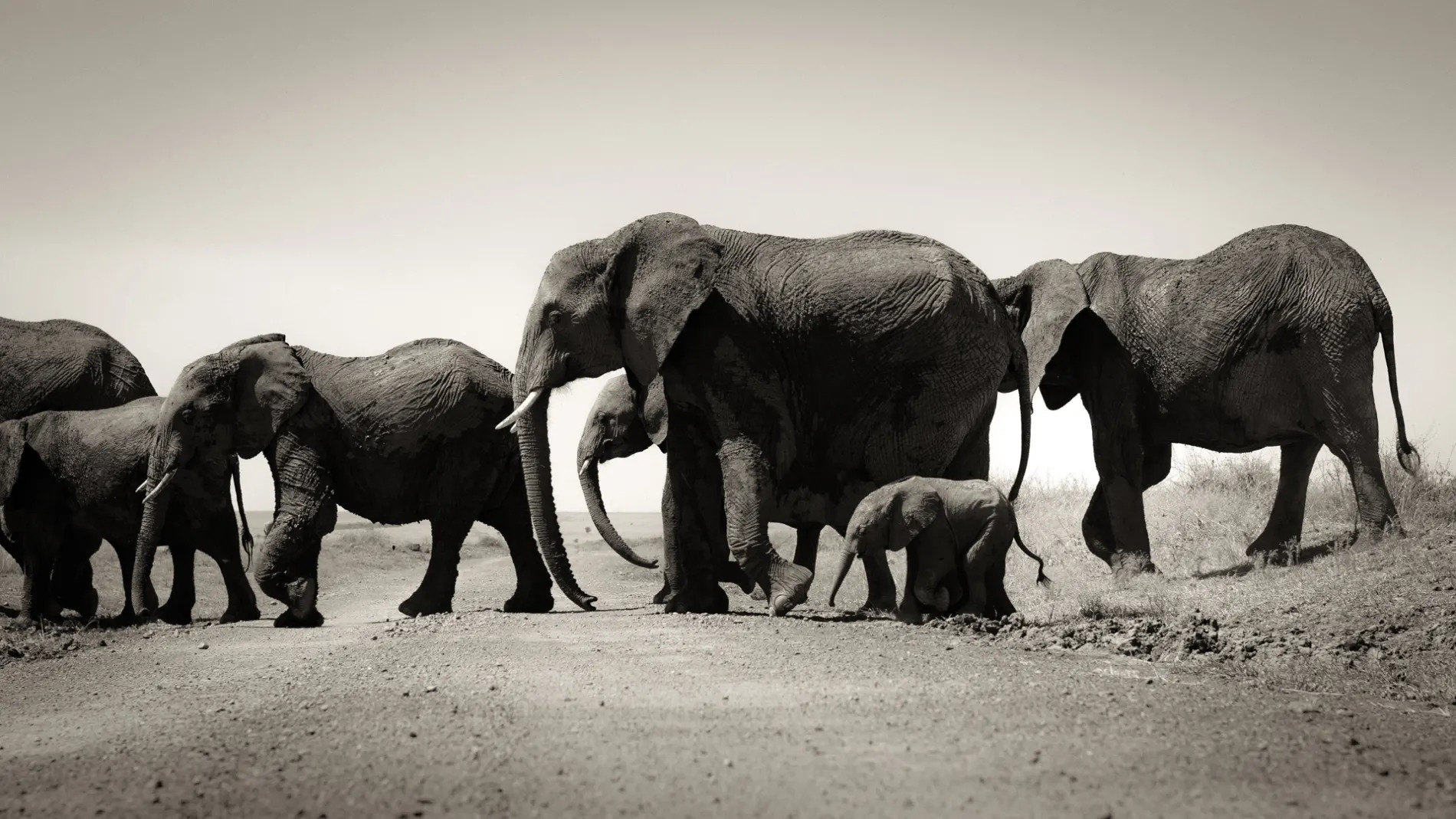 Photograph by Adam Bannister
Photograph by Adam Bannister
The key to this photograph was the extreme low angle. I converted it into sepia as the lighting was incredibly harsh when I took this. Don’t you just love the baby? [f 8.0, 1/400, ISO 500, +0.33]
 Photograph by Adam Bannister
Photograph by Adam Bannister
Sticking with the black and white conversions, here I managed to capture one of the Kichwa males looking back in the direction of his brother. [f 4.0, 1/800, ISO 160, +0.33]
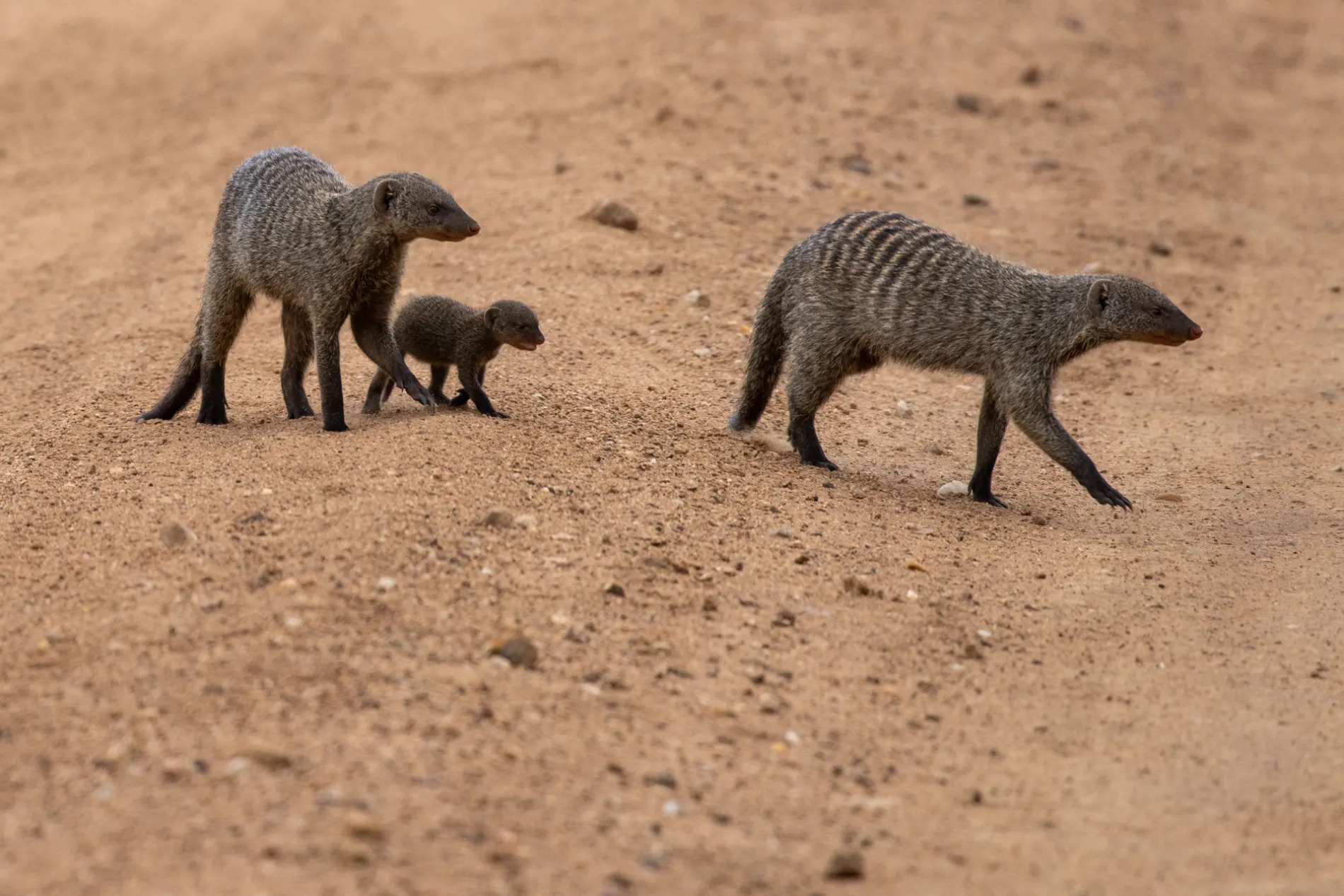 Photograph by Tyler Davis
Photograph by Tyler Davis
Tyler managed to capture a sweet moment as a small business of banded mongooses ran across the road. This of course started the inevitable debate about what the plural of mongoose is. [f 5.6, 1/500, ISO 320, -0.67]
 Photograph by Tyler Davis
Photograph by Tyler Davis
A French mongoose. [f 5.6, 1/400, ISO 320, -0.67]
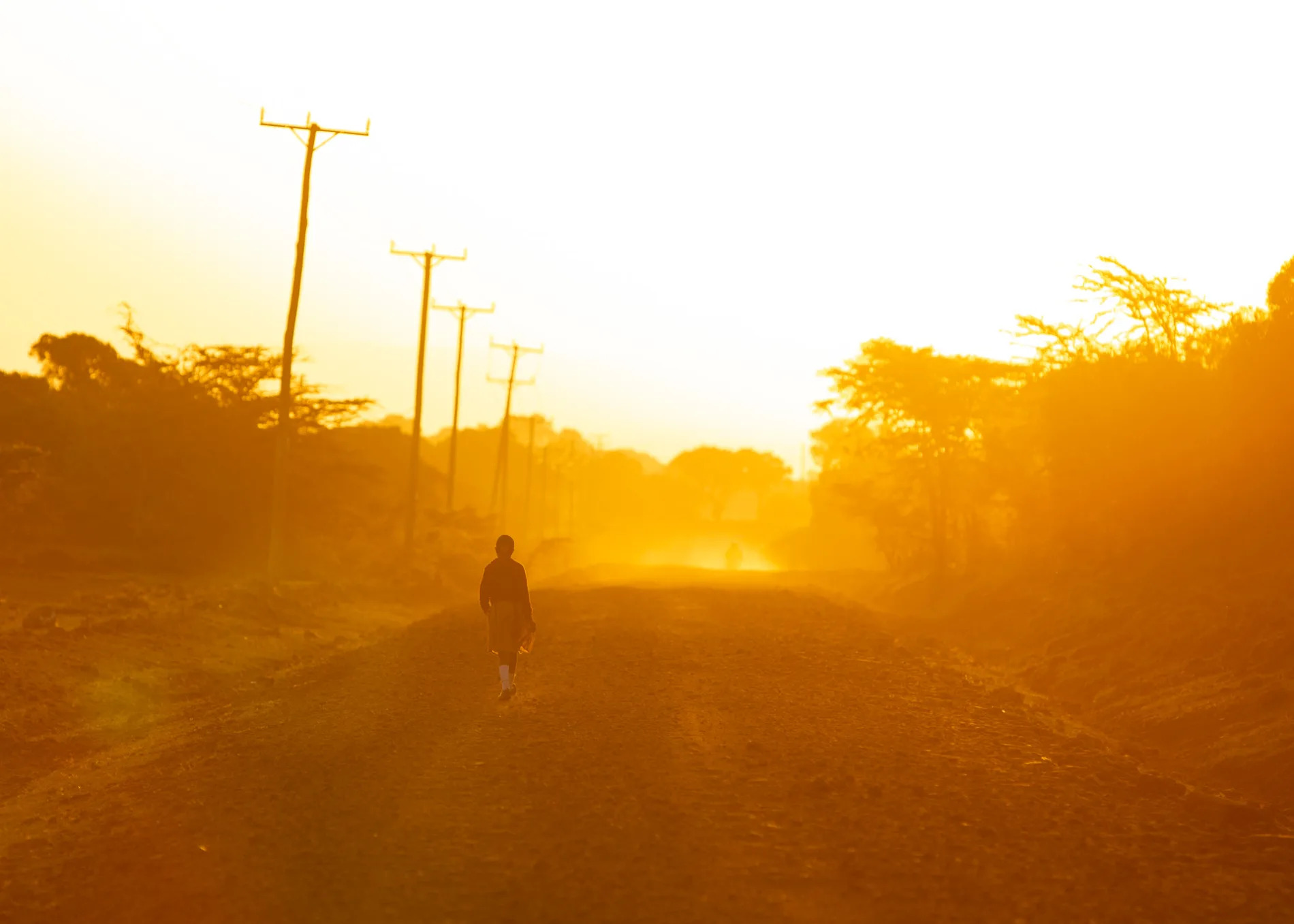 Photograph by Adam Bannister
Photograph by Adam Bannister
One of the wonderful things about the Mara is that it is not a fenced-in island. It is a real-world open environment. Just a kilometer from the park boundary (a simple painted stone), lies the opportunity to get out into the communities and villages – photographically, and experientially, time outside the park is very rewarding. [f 4.0, 1/1250, ISO 320, +0.33]
 Photograph by Adam Bannister
Photograph by Adam Bannister
Visiting a local boma allows you to truly understand the complexities of life in the Mara, but in doing so allows you to meet the real people, hear their stories and revel in their warmth, smiles and ingrained hospitality. [f 4.5, 1/320, ISO 500, -0.33]
 Photograph by Adam Bannister
Photograph by Adam Bannister
In building The Greatest Maasai Mara Photographer of the Year competition, we set out to showcase the exceptional work being done by six conservation organisations in the Mara ecosystem. I have the joy of being able to spend time with all these groups and to see the amazing work they do. Here is the anti-poaching and de-snaring team of the Anne K. Taylor Fund. During the migration this team will remove up to 200 wire snares in a day on patrol. From the bottom of our hearts we thank them for the work they do. [f 4.5, 1/1600, ISO 500, -0.33]
 Photograph by Adam Bannister
Photograph by Adam Bannister
I am in the process of putting together a short video on the work they do, and also the other beneficiaries of the competition. If you haven’t already done so be sure to enter your Mara photographs here. Every cent goes to a great cause and helps the work of these men and women. [f 4.5, 1/1250, ISO 500, +0.33]
THIS WEEK A YEAR AGO
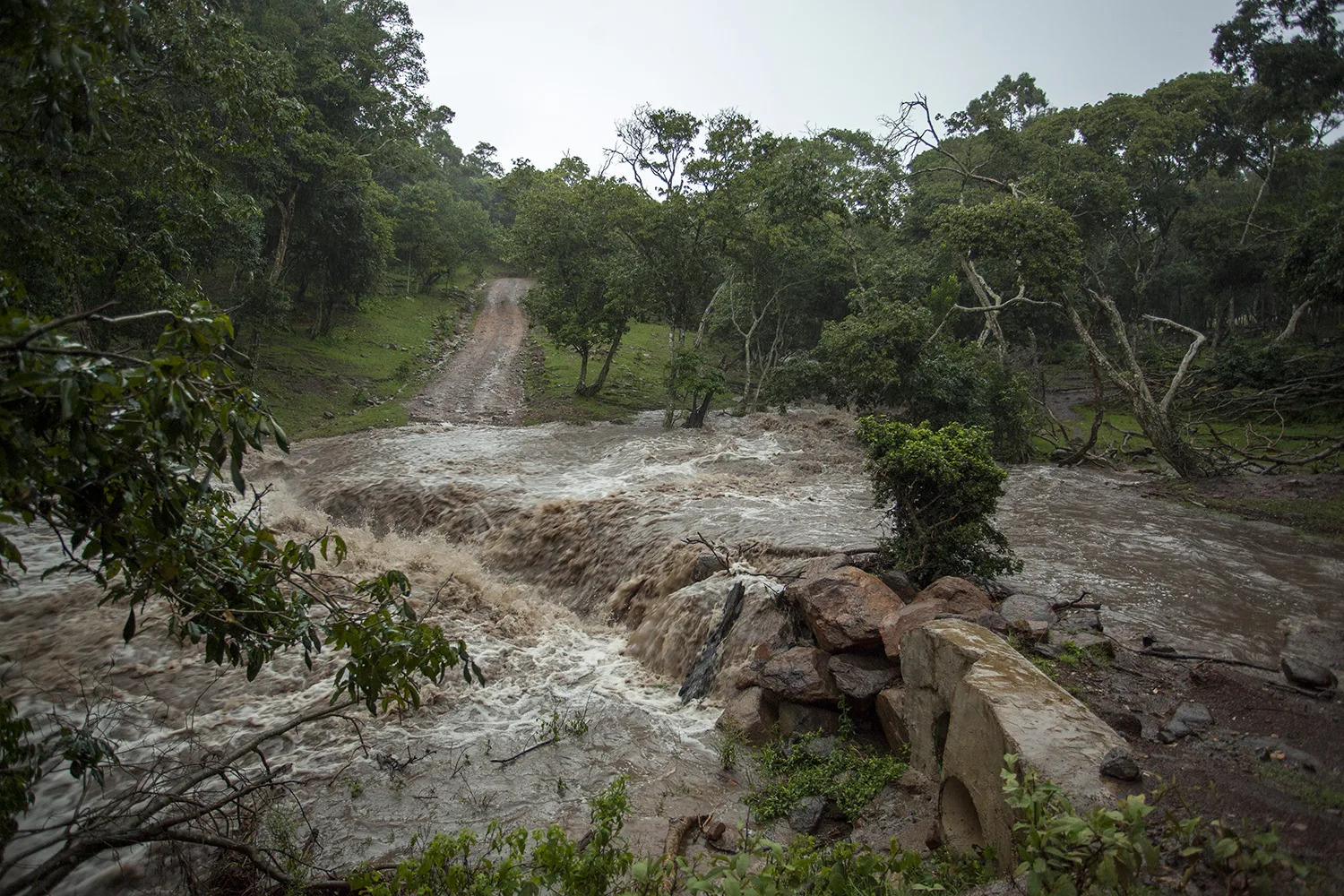 Photograph by Adam Bannister
Photograph by Adam Bannister
Whilst this week has been exceptionally dry, we look back exactly a year ago to one of the biggest storms of the year. This is the small bridge that cars cross on their way between Angama Mara and the park. [f 4.0, 1/80, ISO 1600]
 Photograph by Adam Bannister
Photograph by Adam Bannister
As per my own rule, I intended on showing only one photograph each week from a year ago. However, this was too good to not show again. It shows the river in flood exactly a year ago. As of today, the Mara River could not look more different – the water level is so low it has nearly stopped flowing. This is exactly why we started This Week At Angama, to show the change from year to year and to build up an archive of images. [f 5.0, 1/5000, ISO 800]
TAGGED WITH: Maasai Mara, Mara Triangle, Hyena, mara river, Sunsets, Elephant, Lions of the Mara, European roller



COMMENTS (1)
Gillian Evans
March 22, 2019Great blog Adam , love getting my Angama Mara fix! .. great photos as always! Really interested to see the water levels ! Keep up the great work at Angama !
REPLY